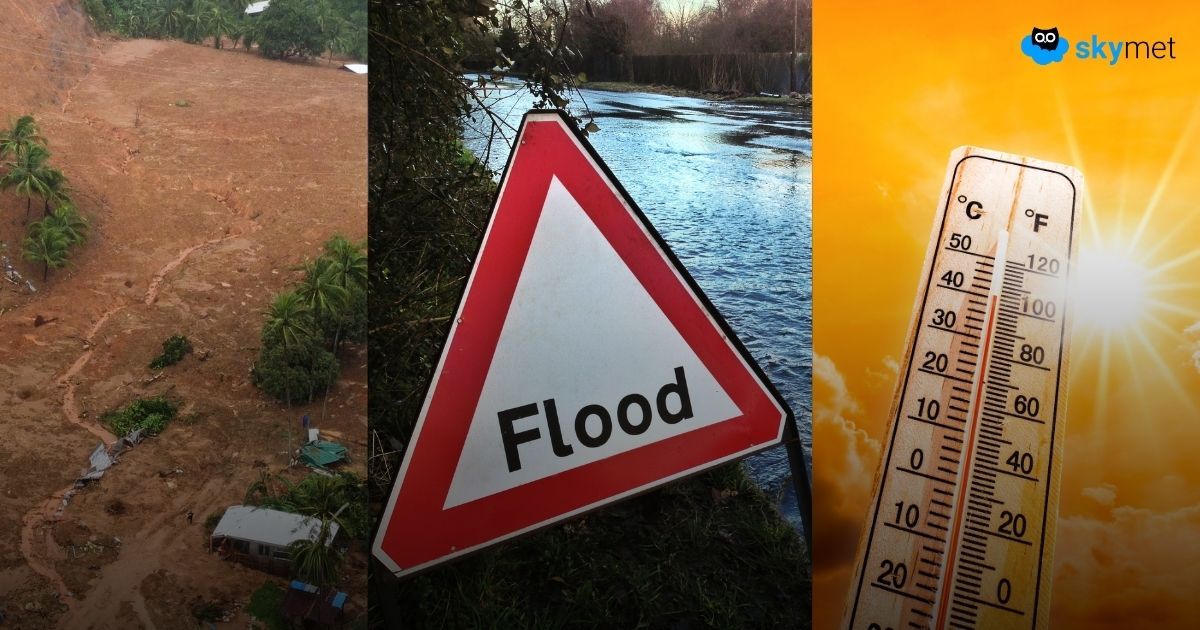Skymet, as a leading player in the weather forecasting space, tracks and analyzes climate realities every single day, and the view from the ground is clear: climate disasters are no longer distant threats. They are unfolding now, with increasing severity. But is the global mean warming threshold 1.5°C or 2°C — still the most relevant metric?
Surprisingly, these thresholds aren’t grounded in precise climate science. The 2°C target, enshrined in the Paris Agreement and later revised to 1.5°C due to advocacy from vulnerable nations, actually stems from economic modelling work by William Nordhaus in the 1970s. These are symbolic thresholds — not scientifically precise tipping points. Climate impacts don’t wait for such numbers to be crossed; they unfold in complex, localised, and often non-linear ways. Whether the global mean rise is 1.5°C or 1.75°C doesn’t materially change how we respond to floods in Assam or heatwaves in Delhi.
Moreover, climate models that project global warming beyond 2050 are riddled with uncertainty. That’s not because the science is flawed, but because the future — in terms of emissions, technology, policy, and societal behaviour — is inherently unpredictable. Multiple datasets and models often disagree on whether the 1.5°C threshold has already been breached. And short-term temperature spikes (like in 2023–2024) don't necessarily indicate long-term trends.
This overemphasis on global averages can, in fact, be a distraction.
Focusing too narrowly on hitting or missing a temperature threshold risks sidelining more urgent concerns: local risk reduction, actionable early-warning systems, and investment in adaptation and resilience. While climate mitigation remains crucial, so too is disaster preparedness. Heatwaves, floods, and droughts are now more frequent, intense, and prolonged. Their economic and human toll is rising — especially in countries like India, where livelihoods depend heavily on climate-sensitive sectors like agriculture.
Instead, we need to pivot our focus to short- and medium-term climate forecasts — ranging from daily to decadal scales — to help governments, cities, and communities prepare. Hyperlocal weather data and real-time alerts can improve response and recovery. Crucially, we must track the accuracy of forecasts, ensure they reach the last mile, and identify breakdowns when preparedness fails.
The global South, especially the tropics, remains the hotspot of climate impacts. But 2024’s floods in Valencia proved even temperate zones aren’t immune anymore. Global initiatives like the UN’s Early Warnings for All are steps in the right direction, but operationalising them locally requires stronger infrastructure and coordination.
Skymet believes hat climate risks are not inevitable. They are manageable — with the right systems, data, and accountability.
Mitigation must continue. But resilience, adaptation, and disaster response systems need equal, if not greater, attention. Because the real question isn't whether we've breached 1.5°C — it's whether we’re prepared for what’s coming next.













